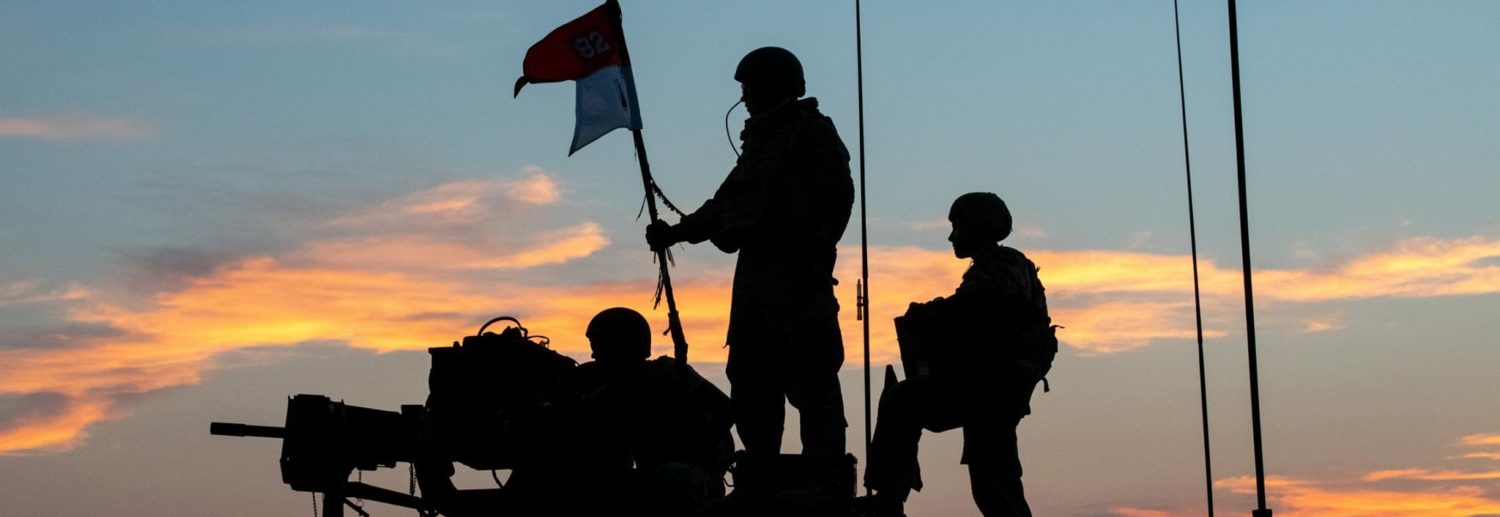Here are the articles that were published on the PS Magazine website the month of December, 2021:


Here are the articles that were published on the PS Magazine website the month of December, 2021:

Here are the articles that appeared on the PS Magazine website over the past week (22-26 November 2021):

Here are the articles that appeared on the PS Magazine website over the past week (15-19 November 2021):

Here are the articles that appeared on the PS Magazine website over the past week (8-12 November 2021):

Here are the articles that appeared on the PS Magazine website over the past week (25-29 October 2021):

The modern-day maneuver company commander juggles many priorities in the execution of their duties. Among these is the management of their small Unmanned Aircraft System (sUAS) program. This includes both the standard Raven or even the bigger, fancier Puma. But these assets are often squandered at the company level. The need to train a proficient crew, employ the system and deconflict air space is too much for company commanders to manage. The management of this program should be at the battalion level. This results in a better managed, utilized and integrated sUAS program, while allowing maneuver company commanders to focus on what is actually important: the fight.

The most important relationship in the Brigade Combat Team (BCT) Intelligence War-fighting Function (IWfF) is between the BCT S2 Officer in Charge (OIC) and the Military Intelligence Company Commander (MICO CDR). These two have to own the problems and solve them. They accomplish this through a holistic intelligence enterprise, rather than divided as MICO problems or S2 problems. That mindset discourages collaboration. At times, it is an insurmountable obstacle. But it requires motivated, talented leaders engaged at every echelon from the MICO teams, BN/BCT S2 sections, and BN/BCT CDRs.

Here are the articles that appeared on the PS Magazine website over the past week (18-22 October 2021):

Leaders at all levels, from privates to generals, are ultimately responsible for success or failure on the battlefield. A huge part of preparing for combat is making sure the myriad of equipment, vehicles and weapons used by soldiers can perform when needed. That also extends to supply and logistics functions, the lifeblood of all combat operations.

In December 2017, as part of the 3BCT, 101st ABN (AASLT) Brigade Field Training Exercise, my Dismounted Chemical, Biological, Radiological, Nuclear, and (CBRN) Reconnaissance (RECCE) Platoon received a mission to support an infantry battalion task force air assault operation to seize an objective with an underground storage facility for chemical weapons. In planning and executing this training mission, we validated many aspects of our individual and team collective training leading up to this BCT collective training exercise. We also identified many of the challenges and gaps in our training both internal to the CBRN RECCE Platoon and ways the Brigade Engineer Battalion and the BCT could facilitate better training.
